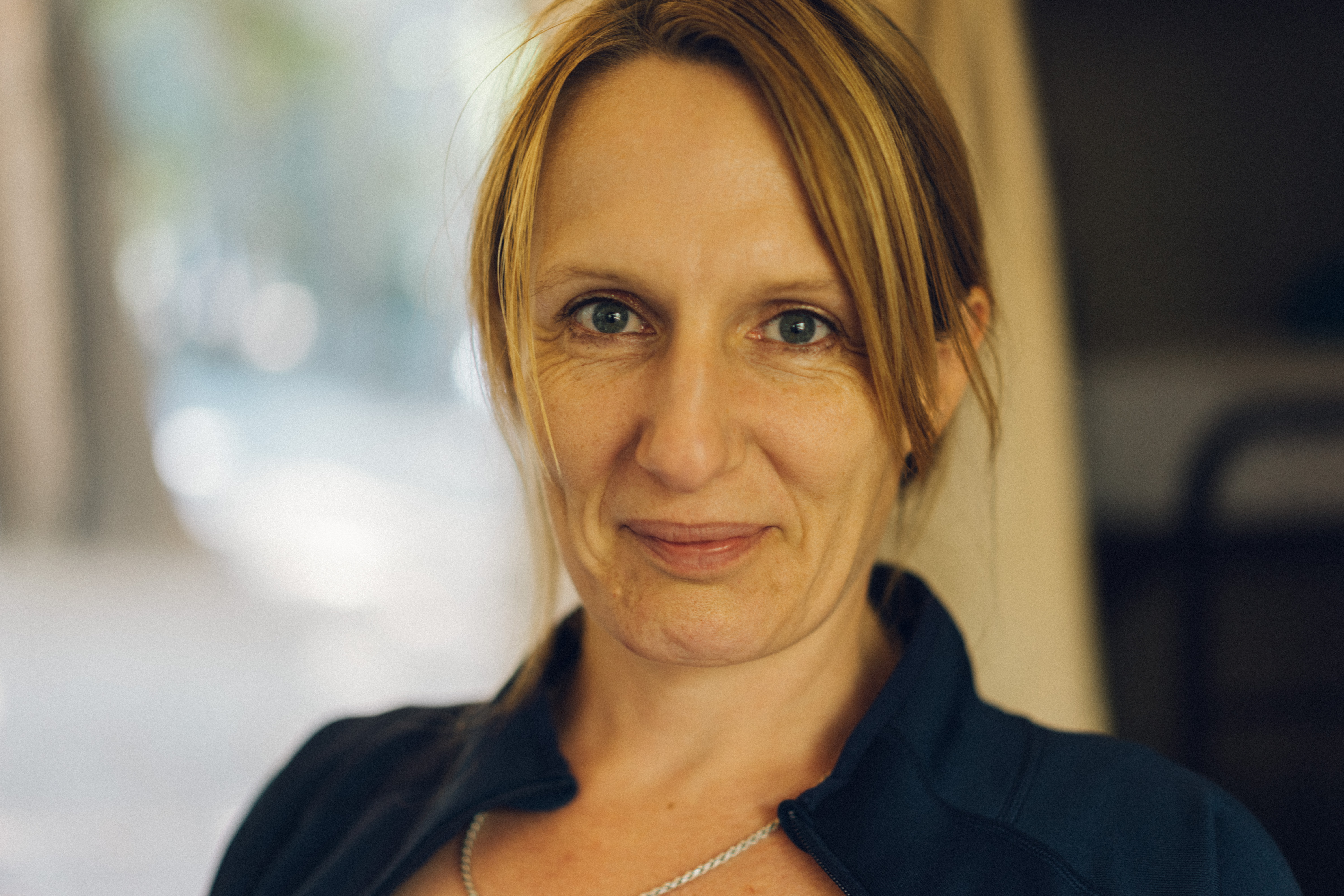Claudia Czimczik wins NSF grant for new instrument to study climate change

Czimczik emphasized that the new instrument is open to any scientist who wants to use it.
A team led by the UCI Department of Earth System Science’s Professor Claudia Czimczik, which includes Professor James Randerson and Dr. Guaciara Santos from UCI as well as collaborators from UC Riverside and NASA’s Jet Propulsion Laboratory, will, over the next three years, expand UCI’s radiocarbon measurement facility with a new instrument called Mini Carbon Dating System (MICADAS). The $2.5 million instrument will be used to measure the isotopic composition and amount of carbon and nitrogen in greenhouse gases and aerosols to study the impact of climate change as well as climate change solutions on land ecosystems and the atmosphere. “Climate change is one of the existential challenges confronting humankind in the 21st century” said Czimczik, and “isotope measurements, specifically those of radiocarbon — a rare, radioactive isotope of carbon — provide unique information on the sources of greenhouse gases and aerosols that we need to develop and implement effective climate change solutions.”
MICADAS will allow Czimczik’s team to quantify how rapidly ancient carbon is decomposing in thawing permafrost in the Arctic and, in that way, emitting into the atmosphere in the form of carbon dioxide or methane. Trapped in the frozen ground for millennia, permafrost carbon has lost much of its original radiocarbon to radioactive decay and has a unique isotopic signature. The new instrument also enables researchers like Ph.D. student Audrey Odwuor, who works with Czimczik, Randerson and UC Riverside’s Professor Francesca Hopkins, to quantify greenhouse gas and aerosol emission from wildfires. Moreover, the MICADAS can reveal what proportion of the carbon dioxide in air is coming from the combustion of fossil fuels. Czimczik explained that this will help researchers monitor how well the decarbonization of society is going in the coming decades, as efforts to combat climate change amplify. “MICADAS will greatly enhance our ability to track carbon-containing molecules in the environment, and is an open resource to any scientist interested in using it,” she said.
